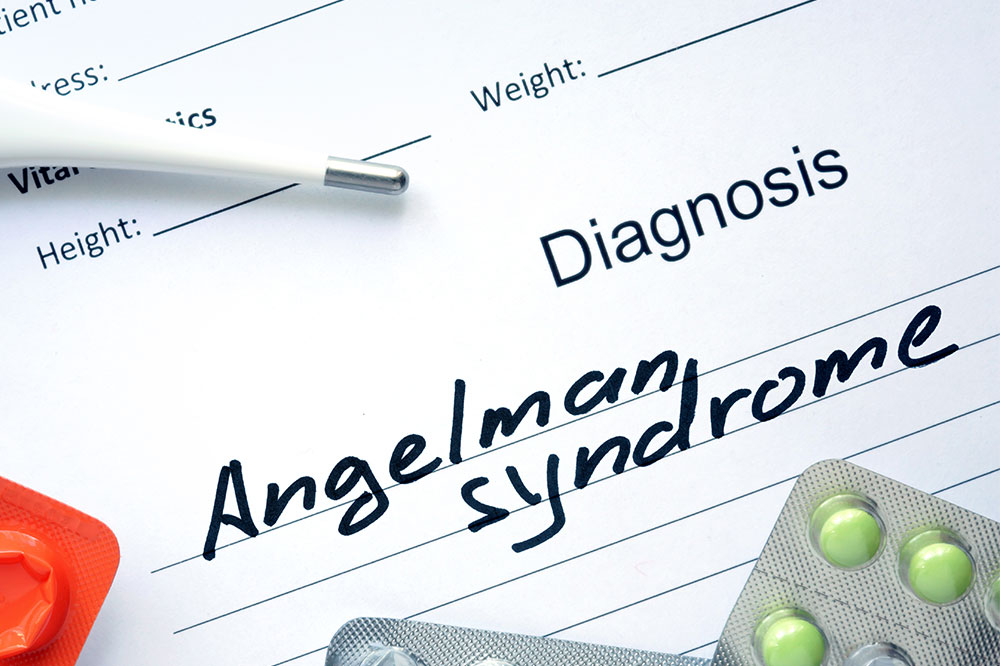
Angelman syndrome – Signs, causes, and management
Angelman syndrome is an inherited disease characterized by developmental delays that begin between the ages of six and 12 months. It also affects an individual’s intellectual capacity, speech, and balance, and the patient starts experiencing seizures after turning two or three years old. People with Angelman syndrome typically have upbeat, energetic personalities and frequently grin and laugh. Although it cannot be cured, treatment helps control the symptoms and improve one’s quality of life.
Symptoms
Development delays are the most prevalent sign of this condition, which begin to appear around the age of six to 12 months. After one year, this symptom worsens, and the child experiences severe developmental delays. Although the other symptoms vary from one person to another, they usually include the following:
Delayed development
Learning challenges
Speech issues that range from not speaking at all (being nonverbal) to using only a few words
Walking difficulties like clumsiness and a broad gait
Ataxia (lack of coordination or balance)
Seizures
Around 80% to 99% of Angelman syndrome patients experience the symptoms listed above throughout their lives. But children with the condition frequently display particular behaviors in addition to the standard symptoms, such as:
A happy, enthusiastic disposition
A lot of laughing and smiling
Frequent hand flapping
Short attention span and extreme agitation
Difficulty falling asleep and lesser need for rest than other children
Fascination with shiny or reflective objects like water
Since people with Angelman syndrome have a happy and vibrant temperament and often flap their hands, it was once known as “happy puppet syndrome.” However, it is essential to note that patients tend to become less excitable as they age, and their sleep problems also improve.
Parents who notice developmental delays in their child or any other symptom should consult a doctor. The earlier Angelman syndrome is detected, the better it may be managed. A doctor will examine the child and analyze their behavior to diagnose the condition. A blood sample may also be taken for genetic testing. The genetic test generally used to diagnose the problem is known as DNA microarray.
Causes
Angelman syndrome is more likely to occur around the time of conception than be inherited later in life. Problems with the UBE3A gene are to blame for the illness’s onset. Genes carry the DNA that defines one’s characteristics. A person inherits one copy of each gene from their mother and one from their father. Angelman syndrome may occur when a fragment of the UBE3A gene is defective or missing. It also occurs the child has two copies of chromosome 15 from their father rather than one from each parent.
Treatment and management
Although Angelman syndrome has no cure, treatment helps control the symptoms and slow the condition’s progression. For instance, the doctor may recommend treatments to prevent and control seizures so they do not interfere with the patient’s routine activities. In addition, healthcare professionals may recommend the following therapies:
Physiotherapy
This therapy aims to improve symptoms like loss of balance and coordination and improve mobility. It is beneficial for toddlers to develop motor skills and tackle developmental delays.
Speech therapy
Since children with this condition suffer from speech impairment, speech therapy is critical. It teaches kids to use body language, facial expressions, gestures, and sign language to communicate with others.
Cognitive-behavioral therapy
This therapy helps individuals with this condition control unusual behaviors and think rationally. It is commonly used to treat many mental health conditions.
When a person with Angelman syndrome approaches a doctor, they may recommend genetic counseling for the family. It is a process that helps establish whether the patient’s siblings or extended family members are at risk of the condition. When a mutation in the UBE3A gene causes the illness, there is a greater than 50% probability that family members will also have it; however, the risk is significantly lower when another mechanism of chromosomal loss causes the condition.
Although most Angelman syndrome patients have severe mobility, speech, and developmental problems, they can lead fulfilling lives if given proper treatment and care. As they grow older, the symptoms may improve. Still, visiting a doctor for an early diagnosis is essential. One should also follow the treatment plan thoroughly and attend therapy sessions.
Dealing with the condition can take a toll not only on the patients but also on their families. Keeping this in mind, many nonprofit associations and groups offer families and caregivers a network of support, platforms for fundraising, and details on the condition’s most recent scientific developments.




